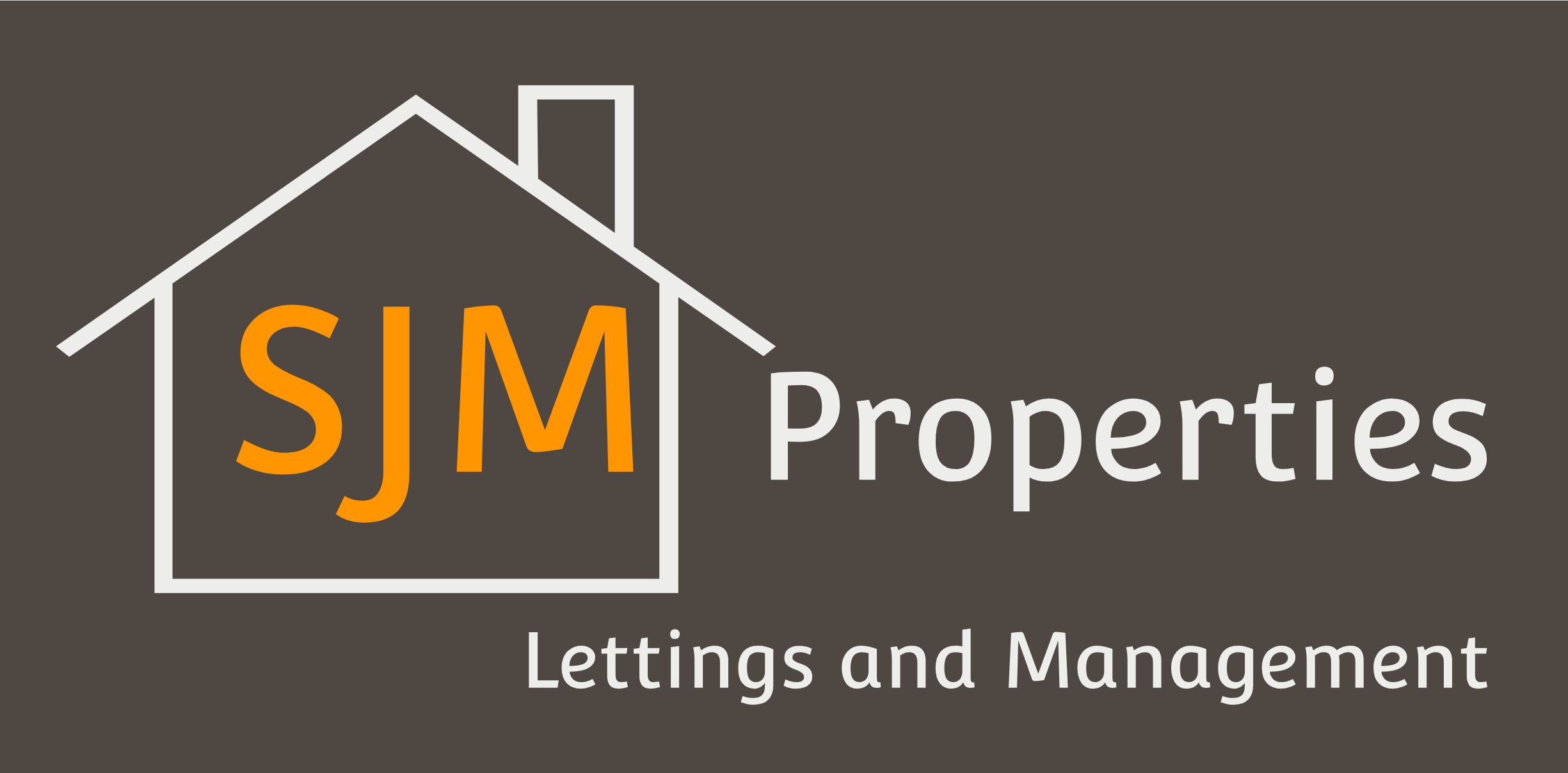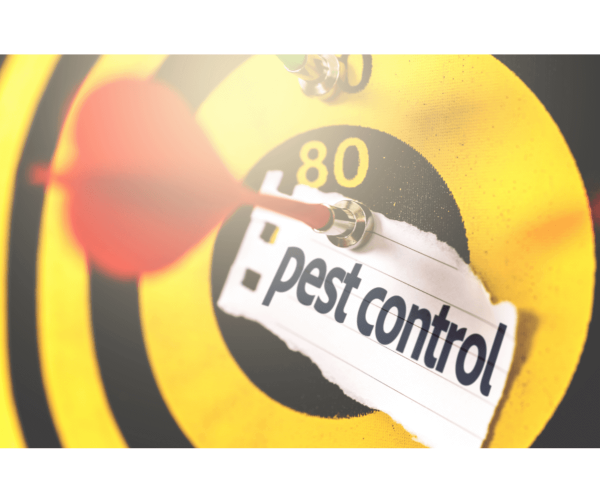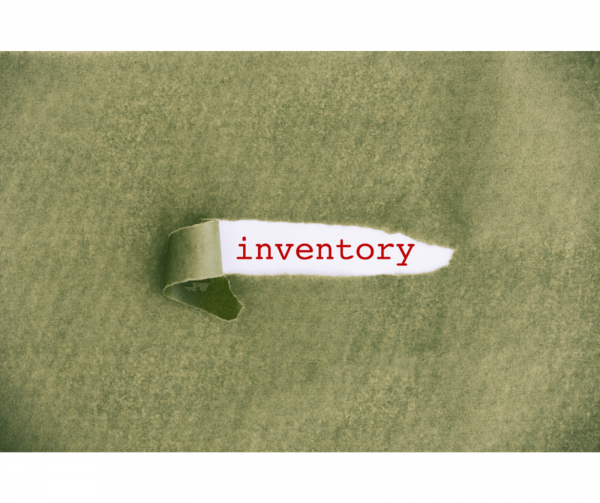‘Wear and Tear’ Explained
When it comes to deposit deductions, understanding the boundaries of "wear and tear" versus "damage" is crucial for both landlords and tenants.
"Wear and tear" refers to the gradual deterioration of a property and its contents due to normal usage over time, examples of this could include minor scuffs on walls, worn carpets, faded paint or other signs of regular use. In comparison, "damage" typically indicates misuse or neglect, this could include broken windows, large stains on carpets or unauthorised holes in walls.
Landlord Responsibilities
By law, landlords are expected to account for normal wear and tear when assessing the condition of the property at the end of a tenancy. Naturally, it is unreasonable for landlords to expect a property to remain in the exact condition it was in at the start of the tenancy, particularly if it has been rented for a long period of time.
It is essential that when calculating deductions from a tenant's deposit, landlords must distinguish between fair wear and tear and actual damage. At SJM Properties, we always recommend using our inventory service at the beginning of the tenancy which can provide a useful document for comparison before and after and also supply an objective basis for any claims.
Tenant Responsibilities
It is the tenants responsibility to ensure the property is kept clean and to report any maintenance issues to the landlord promptly to prevent further deterioration. Minor maintenance, such as bleeding the radiators or replacing light bulbs and smoke detector batteries, are typically the tenant's responsibility.
Any accidental or deliberate damage should be reported to the landlord immediately. Tenants may be responsible for repairing or paying for repairs for any damage beyond normal wear and tear.
Legal and Regulatory Framework
Deposit Protection Schemes:
In England and Wales, landlords must place tenants' deposits in a government-approved deposit protection scheme. These schemes provide a mechanism for resolving disputes over deposit deductions, including those related to wear and tear versus damage.
Tenancy Agreements:
Tenancy agreements often outline the responsibilities of both parties regarding maintenance and repairs. Clauses typically state that tenants should return the property in a similar condition to the start of the tenancy, allowing for fair wear and tear.
Best Practices for Both Parties
Detailed Inventory:
Conduct a thorough inventory at the beginning and end of the tenancy, including photographs, to document the property's condition.
Both parties should agree on the inventory to prevent disputes.
Regular Inspections:
Landlords should conduct regular inspections (with appropriate notice) to ensure the property is being maintained and address any issues early. At SJM Properties, these are conducted 3 months after move in and every 6 months beyond this.
Clear Communication:
Maintain open communication between landlords and tenants regarding maintenance and repair responsibilities.
Promptly address any issues to prevent escalation.
Summary
In summary, to maintain a fair and harmonious landlord-tenant relationship its essential that both parties understand the boundaries between wear and damage. By adhering to legal guidelines, conducting thorough inventories, and maintaining open lines of communication, both landlord and tenant can ensure the property remains in good condition and disputes are minimised.


 by
by 

Share this with
Email
Facebook
Messenger
Twitter
Pinterest
LinkedIn
Copy this link